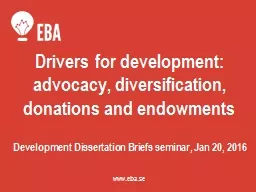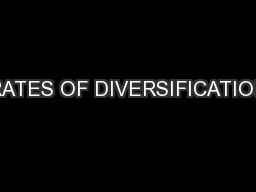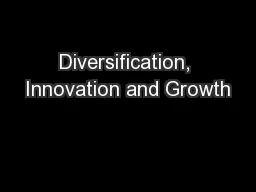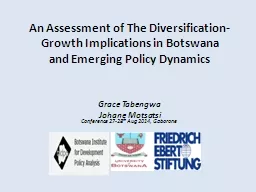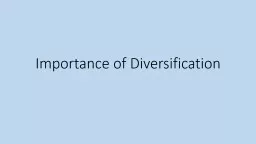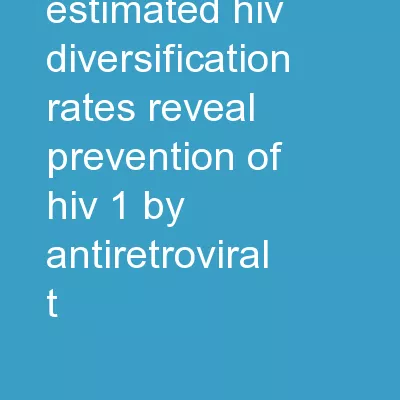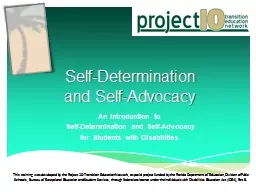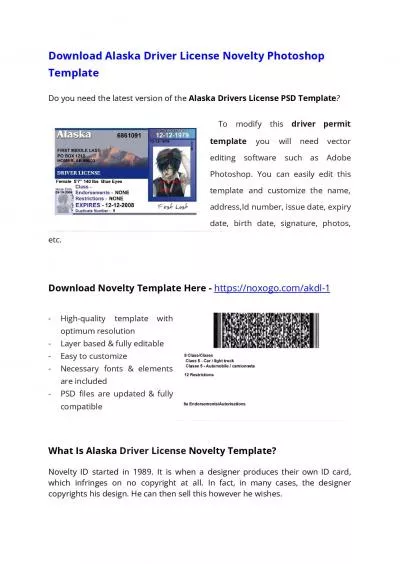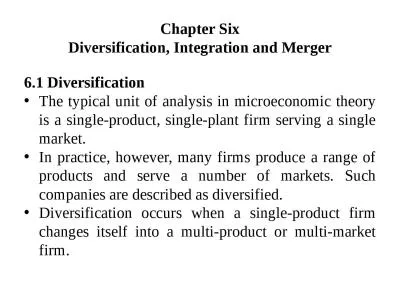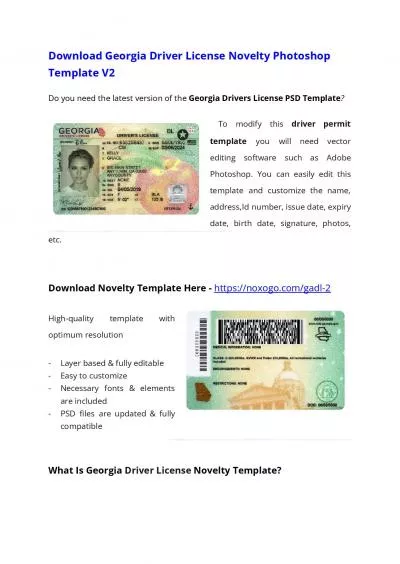PPT-Drivers for development: advocacy, diversification, donatio
Author : phoebe-click | Published Date : 2016-11-14
Development Dissertation Briefs seminar Jan 20 2016 wwwebase The when and why of helping Individual and organizational decision making from a psychological perspective
Presentation Embed Code
Download Presentation
Download Presentation The PPT/PDF document "Drivers for development: advocacy, diver..." is the property of its rightful owner. Permission is granted to download and print the materials on this website for personal, non-commercial use only, and to display it on your personal computer provided you do not modify the materials and that you retain all copyright notices contained in the materials. By downloading content from our website, you accept the terms of this agreement.
Drivers for development: advocacy, diversification, donatio: Transcript
Download Rules Of Document
"Drivers for development: advocacy, diversification, donatio"The content belongs to its owner. You may download and print it for personal use, without modification, and keep all copyright notices. By downloading, you agree to these terms.
Related Documents

